Home>Gardening & Outdoor>Landscaping Ideas>What Is Grass Jelly Boba
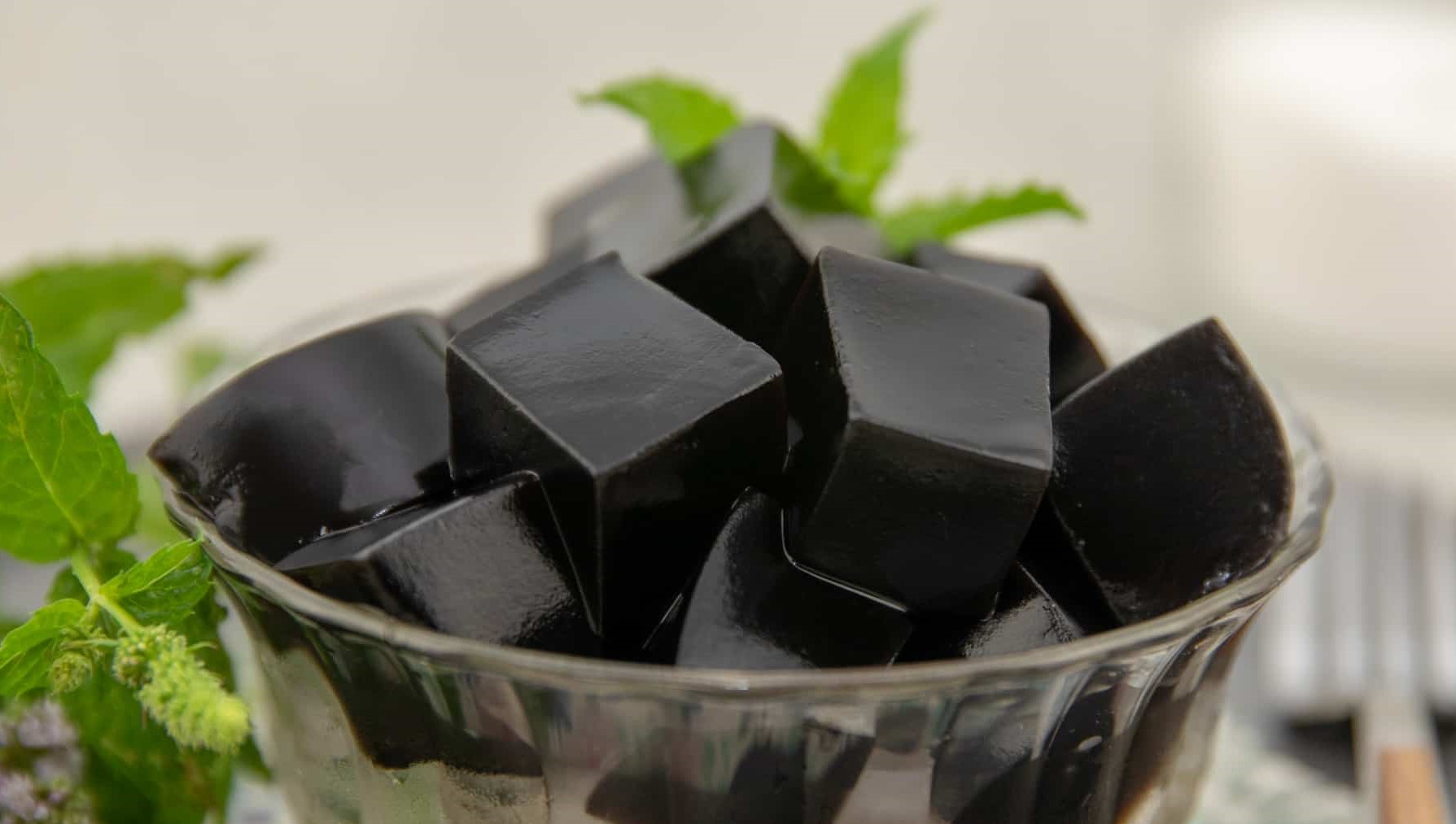

Landscaping Ideas
What Is Grass Jelly Boba
Published: February 1, 2024
Learn about grass jelly boba and its unique flavor and texture. Discover creative landscaping ideas using grass jelly boba in your drinks.
(Many of the links in this article redirect to a specific reviewed product. Your purchase of these products through affiliate links helps to generate commission for Storables.com, at no extra cost. Learn more)
Introduction
Welcome to the delightful world of grass jelly boba! If you're a fan of boba tea or simply curious about unique and tantalizing beverages, then you're in for a treat. In this article, we'll explore the intriguing fusion of grass jelly and boba, uncovering the origins, preparation, and where to savor this refreshing concoction.
Boba, also known as bubble tea, has taken the beverage scene by storm with its chewy tapioca pearls and a myriad of flavors. However, there's a lesser-known yet equally captivating variation of this beloved drink – grass jelly boba. This delightful drink combines the lusciousness of boba with the earthy, herbal notes of grass jelly, creating a harmonious blend of textures and flavors that's bound to tantalize your taste buds.
So, join us as we embark on a journey to unravel the mysteries of grass jelly boba, from its humble beginnings to its modern-day popularity. Whether you're a boba aficionado or a curious newcomer, there's something truly special about this unique beverage that's worth exploring. Let's dive in and discover the enchanting world of grass jelly boba!
Key Takeaways:
- Grass jelly boba is a delightful fusion of chewy boba pearls and smooth grass jelly, offering a unique and indulgent beverage experience with captivating textures and flavors.
- Grass jelly boba can be found in trendy boba tea shops, traditional Asian cafes, and cultural festivals, inviting enthusiasts to embark on a delightful journey of flavor and indulgence.
Read more: What Is Grass Jelly Good For
What Is Grass Jelly?
Grass jelly, also known as leaf jelly or xiancao in Chinese, is a jelly-like dessert made from the leaves of the Mesona chinensis plant, which is a member of the mint family. The leaves are boiled and then the liquid is set into a jelly-like form. The texture of grass jelly is smooth and slightly chewy, with a subtle herbal flavor that sets it apart from other types of jellies.
Grass jelly is a popular ingredient in Southeast Asian desserts and beverages, valued for its refreshing and cooling properties, especially in hot and humid climates. It is commonly enjoyed in countries such as Taiwan, Malaysia, Indonesia, and Vietnam, where it is used in a variety of culinary applications, from sweet drinks and desserts to savory dishes.
Traditionally, grass jelly is made by boiling the leaves of the Mesona chinensis plant, straining the liquid, and then adding a coagulating agent such as potassium carbonate or a combination of potassium carbonate and potassium sulfate to achieve the jelly-like consistency. The resulting jelly can be cut into cubes or other shapes and is often served with sweet syrups, fruits, or other toppings to enhance its flavor and texture.
Grass jelly is prized not only for its unique taste and texture but also for its potential health benefits. It is believed to have cooling properties that can help to lower body heat and alleviate symptoms of heat-related illnesses, making it a popular choice during the sweltering summer months.
With its distinct flavor and versatility, grass jelly has become a beloved ingredient in a wide range of culinary creations, from traditional desserts to modern interpretations in fusion cuisine. Its appeal lies in its ability to add a touch of herbal sophistication to dishes while offering a refreshing and indulgent experience for the palate.
History of Grass Jelly
The history of grass jelly can be traced back to ancient China, where it was traditionally used for its medicinal properties before evolving into a popular culinary ingredient. The Mesona chinensis plant, from which grass jelly is derived, has been cultivated in China for centuries, and its leaves have been valued for their cooling and detoxifying properties in traditional Chinese medicine.
Over time, the use of grass jelly expanded beyond its medicinal applications and into the realm of gastronomy. As trade and cultural exchange flourished across Asia, grass jelly found its way into the culinary traditions of various countries, each incorporating it into their own unique dishes and beverages.
In Taiwan, grass jelly became a staple ingredient in local desserts and drinks, gaining widespread popularity for its refreshing and cooling properties, particularly during the hot and humid summers. It is commonly enjoyed in the form of grass jelly desserts, where it is paired with sweet syrups, fruits, and other toppings to create delightful and visually appealing treats.
Similarly, in Malaysia and Indonesia, grass jelly is a beloved component of traditional beverages such as cendol and es cincau, where it adds a touch of herbal sophistication and textural contrast to the drinks. Its versatility and adaptability have made it a cherished ingredient in the culinary heritage of these countries, enriching the tapestry of flavors and textures in their respective cuisines.
Throughout its journey from ancient China to modern-day culinary landscapes, grass jelly has retained its reputation as a cooling and invigorating ingredient, cherished for its unique flavor and texture. Its rich history and cultural significance have contributed to its enduring popularity, making it a beloved element in a wide array of culinary traditions across Asia and beyond.
Grass Jelly in Asian Cuisine
Grass jelly holds a revered place in the rich tapestry of Asian cuisine, where it is celebrated for its unique flavor, cooling properties, and versatility in both sweet and savory dishes. Across various countries in Asia, grass jelly is a cherished ingredient that has been integrated into a diverse range of culinary creations, showcasing its adaptability and appeal.
In Taiwan, grass jelly is a beloved component of traditional desserts, where it is often combined with sweet syrups, fruits, and other toppings to create visually stunning and delectable treats. Grass jelly desserts, known as xiancao or ai-yu jelly, are a popular choice during the sweltering summer months, offering a refreshing and indulgent respite from the heat.
Malaysia and Indonesia also have a deep-rooted appreciation for grass jelly, incorporating it into their iconic beverages such as cendol and es cincau. In these refreshing drinks, grass jelly adds a delightful textural contrast and herbal undertones, enhancing the overall sensory experience and earning a special place in the hearts of locals and visitors alike.
Furthermore, in Vietnam, grass jelly is a key ingredient in a variety of traditional desserts and beverages, where it is often paired with coconut milk, syrup, and other accompaniments to create delightful and satisfying treats. Its cooling properties make it a popular choice in Vietnamese cuisine, particularly during warm weather.
Grass jelly’s versatility extends beyond desserts and beverages, as it is also utilized in savory dishes in some Asian cuisines. In certain regions, grass jelly is incorporated into salads, soups, and other culinary creations, adding a unique texture and herbal nuance to the dishes.
Overall, grass jelly’s presence in Asian cuisine is a testament to its enduring appeal and adaptability. Whether enjoyed in a refreshing beverage on a scorching day or as a delightful addition to a sweet treat, grass jelly continues to captivate the palates of food enthusiasts and remains an integral part of the culinary heritage of Asia.
Grass jelly boba is a popular drink made with grass jelly, a type of jelly made from the leaves of the mesona plant. It has a slightly bitter taste and is often mixed with sweetened milk or other flavors in boba drinks.
Grass Jelly Boba
Grass jelly boba, a delightful variation of the beloved boba tea, has been captivating the taste buds of beverage enthusiasts with its unique combination of textures and flavors. This tantalizing concoction brings together the chewy goodness of boba pearls with the earthy, herbal notes of grass jelly, creating a harmonious and indulgent beverage that has gained a devoted following.
What sets grass jelly boba apart is the incorporation of grass jelly, a jelly-like dessert made from the leaves of the Mesona chinensis plant, into the classic boba tea. The addition of grass jelly introduces a smooth and slightly chewy texture, along with a subtle herbal flavor that complements the sweetness of the boba pearls and the richness of the tea or milk base.
One of the most appealing aspects of grass jelly boba is the delightful contrast in textures. As you take a sip, the chewy boba pearls mingle with the smooth grass jelly, creating a pleasurable sensation that adds an extra dimension to the drinking experience. The interplay of textures, combined with the infusion of flavors, makes grass jelly boba a truly indulgent and satisfying beverage.
Grass jelly boba is often enjoyed with a variety of tea or milk bases, allowing for a range of flavor combinations to suit different preferences. Whether paired with classic black tea, fragrant jasmine tea, or creamy milk tea, the addition of grass jelly elevates the beverage, offering a unique twist that appeals to both boba aficionados and those seeking new and exciting flavor experiences.
For those who appreciate the visual appeal of beverages, grass jelly boba presents an alluring spectacle. The dark, glossy cubes of grass jelly, nestled among the boba pearls and the creamy base, create a visually striking and Instagram-worthy drink that adds to the overall enjoyment of the experience.
With its captivating blend of textures, flavors, and visual allure, grass jelly boba has carved out a special place in the hearts of boba enthusiasts and beverage aficionados. Its unique combination of elements makes it a delightful and indulgent treat that continues to enthrall and enchant those seeking a refreshing and satisfying beverage experience.
Read more: What Is Grass Jelly Made From
How Is Grass Jelly Boba Made?
The creation of grass jelly boba involves a meticulous process to ensure that each element, from the boba pearls to the grass jelly itself, contributes to the overall sensory experience of the beverage. Let’s delve into the fascinating journey of crafting this delightful concoction, from the preparation of the grass jelly to the assembly of the final drink.
First and foremost, the grass jelly is prepared by boiling the leaves of the Mesona chinensis plant and then setting the liquid into a jelly-like form. The resulting grass jelly is then carefully cut into cubes or other shapes, ready to be incorporated into the boba tea.
Meanwhile, the boba pearls, which are made from tapioca starch, undergo a process of cooking and sweetening to achieve their distinctive chewy texture and subtle sweetness. Once cooked to perfection, the boba pearls are then ready to be combined with the grass jelly to form the base of the beverage.
Next, the tea or milk base is prepared, depending on the desired flavor profile of the grass jelly boba. Whether it’s classic black tea, fragrant jasmine tea, or creamy milk tea, the base serves as the foundation upon which the grass jelly and boba pearls will shine, offering a delightful backdrop for the interplay of flavors and textures.
As the final step, the grass jelly cubes and boba pearls are carefully added to the prepared tea or milk base, creating a visually captivating and indulgent beverage. The combination of textures, from the chewy boba pearls to the smooth grass jelly, adds a delightful complexity to each sip, ensuring a truly satisfying drinking experience.
Once assembled, the grass jelly boba is often served with a wide straw, allowing enthusiasts to savor the chewy boba pearls and smooth grass jelly with each sip, creating a harmonious blend of flavors and textures that tantalize the palate.
The meticulous craftsmanship and attention to detail in preparing grass jelly boba ensure that each element harmonizes seamlessly, resulting in a beverage that is as visually stunning as it is indulgently delicious. From the careful preparation of the grass jelly to the artful assembly of the final drink, every step in the process contributes to the allure and enjoyment of this delightful concoction.
Where to Find Grass Jelly Boba
For those eager to savor the delightful fusion of grass jelly and boba in a refreshing and indulgent beverage, there are numerous establishments where grass jelly boba can be found. From trendy boba tea shops to traditional Asian cafes, the popularity of this unique drink has led to its availability in a variety of locations, making it accessible to enthusiasts and curious newcomers alike.
Boba tea shops, also known as bubble tea or boba shops, are prime destinations for discovering grass jelly boba. These establishments specialize in crafting a diverse array of boba beverages, including innovative variations such as grass jelly boba. With their focus on creating enticing and visually appealing drinks, boba tea shops often offer grass jelly boba as part of their menu, providing an ideal setting to indulge in this captivating beverage.
Asian cafes and dessert shops are also excellent places to seek out grass jelly boba. These establishments showcase a wide range of traditional and contemporary Asian treats, with grass jelly boba often featured as a refreshing and indulgent option. Whether nestled in bustling urban centers or tucked away in charming neighborhoods, Asian cafes and dessert shops are havens for those seeking to explore the world of grass jelly boba.
Furthermore, as the popularity of boba beverages continues to soar, many mainstream cafes and beverage outlets have embraced the trend, offering their own interpretations of grass jelly boba. Whether it’s a specialty drink on the menu or a customizable option, these establishments provide additional avenues for enthusiasts to encounter and savor the delightful combination of grass jelly and boba.
For those with a penchant for culinary adventures, exploring local Asian communities and cultural festivals may also yield opportunities to discover grass jelly boba. Festivals and events celebrating Asian culture often feature vendors and stalls offering a diverse range of traditional and contemporary beverages, providing a chance to experience the enchanting flavors and textures of grass jelly boba in a vibrant and dynamic setting.
Whether in bustling urban centers, charming neighborhoods, or cultural events, the allure of grass jelly boba can be found in a multitude of locations, inviting enthusiasts to embark on a delightful journey of flavor and indulgence. With its growing popularity and widespread availability, grass jelly boba continues to captivate the hearts and palates of beverage enthusiasts across diverse settings and experiences.
Conclusion
As we conclude our exploration of grass jelly boba, we are left with a profound appreciation for the captivating fusion of flavors, textures, and cultural influences that converge in this delightful beverage. From its humble origins in ancient China to its modern-day presence in trendy boba tea shops and traditional Asian cafes, grass jelly boba has carved out a special place in the hearts of beverage enthusiasts and curious newcomers alike.
The journey of grass jelly boba has taken us through the rich history of grass jelly, a jelly-like dessert with a legacy rooted in traditional Chinese medicine and culinary traditions. We’ve uncovered the cooling and invigorating properties of grass jelly, cherished for centuries across Asia for its unique flavor and versatility in both sweet and savory dishes.
Our exploration has also led us to discover the meticulous craftsmanship involved in creating grass jelly boba, from the careful preparation of the grass jelly and boba pearls to the artful assembly of the final beverage. Each element harmonizes to create a visually captivating and indulgent drink that offers a truly satisfying sensory experience.
Furthermore, our journey has illuminated the diverse array of locations where grass jelly boba can be found, from trendy boba tea shops to traditional Asian cafes, and even cultural festivals celebrating Asian heritage. This widespread availability ensures that enthusiasts can embark on a delightful quest to savor the enchanting flavors and textures of grass jelly boba in a variety of settings and experiences.
Ultimately, the allure of grass jelly boba lies in its ability to captivate the senses, offering a harmonious blend of chewy boba pearls, smooth grass jelly, and enticing flavors that tantalize the palate. Whether enjoyed on a scorching summer day or as a delightful indulgence any time of year, grass jelly boba continues to enthrall and enchant, inviting all who encounter it to partake in a refreshing and satisfying beverage experience.
As we bid farewell to our exploration of grass jelly boba, we carry with us a newfound appreciation for this captivating beverage and the cultural tapestry it represents. Whether a seasoned boba enthusiast or a curious newcomer, the world of grass jelly boba beckons, promising a delightful journey of flavor, indulgence, and the joy of discovery.
Frequently Asked Questions about What Is Grass Jelly Boba
Was this page helpful?
At Storables.com, we guarantee accurate and reliable information. Our content, validated by Expert Board Contributors, is crafted following stringent Editorial Policies. We're committed to providing you with well-researched, expert-backed insights for all your informational needs.
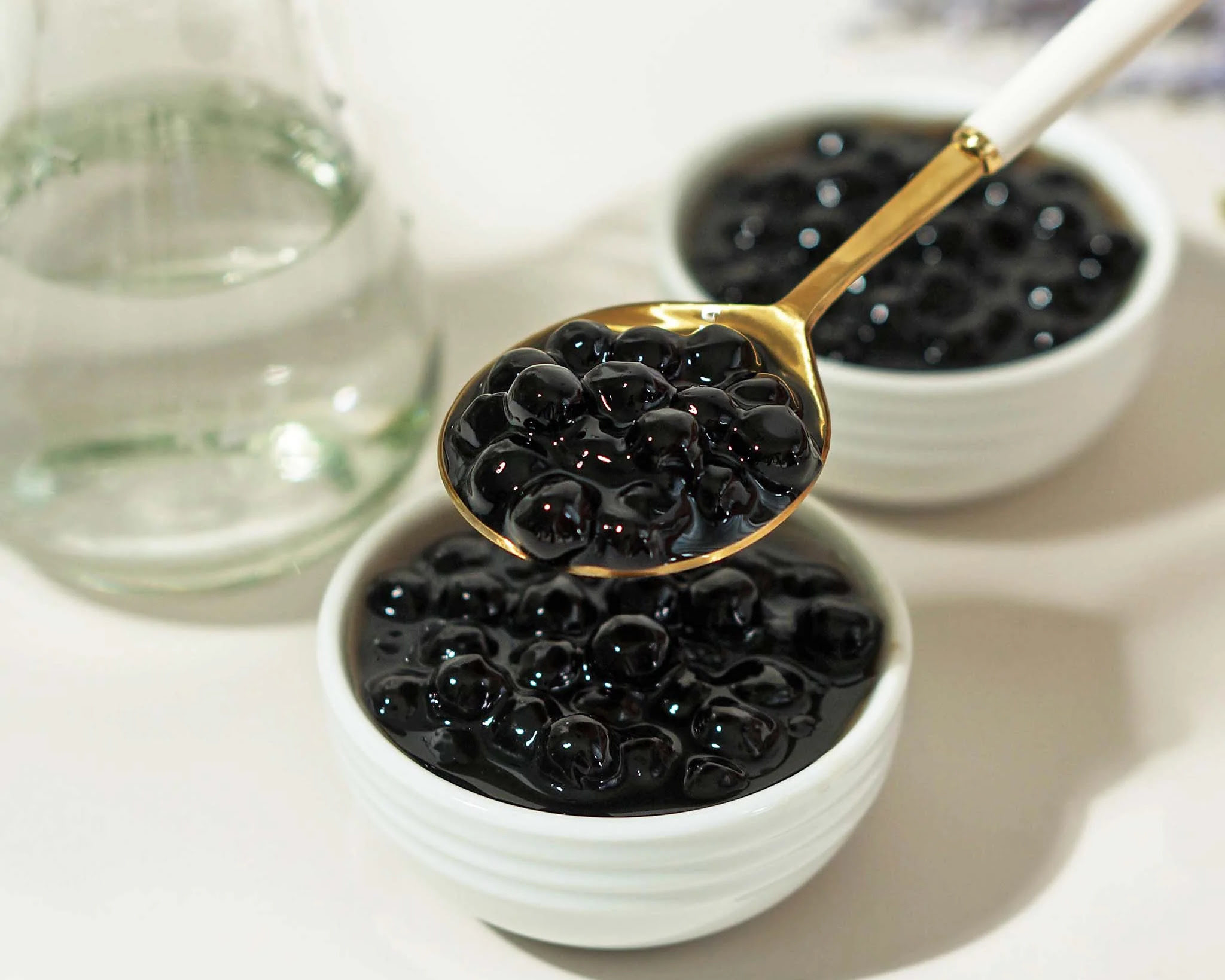
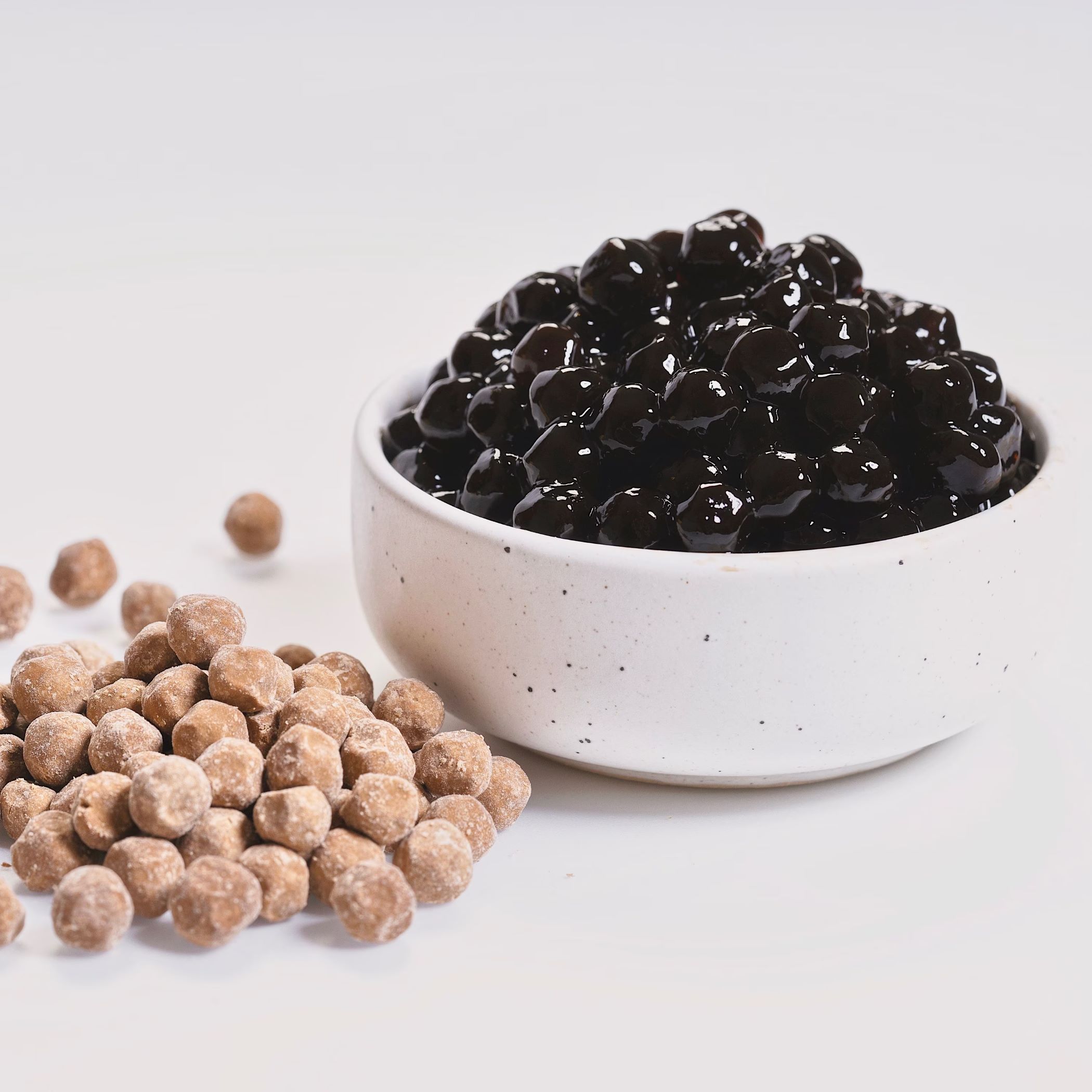
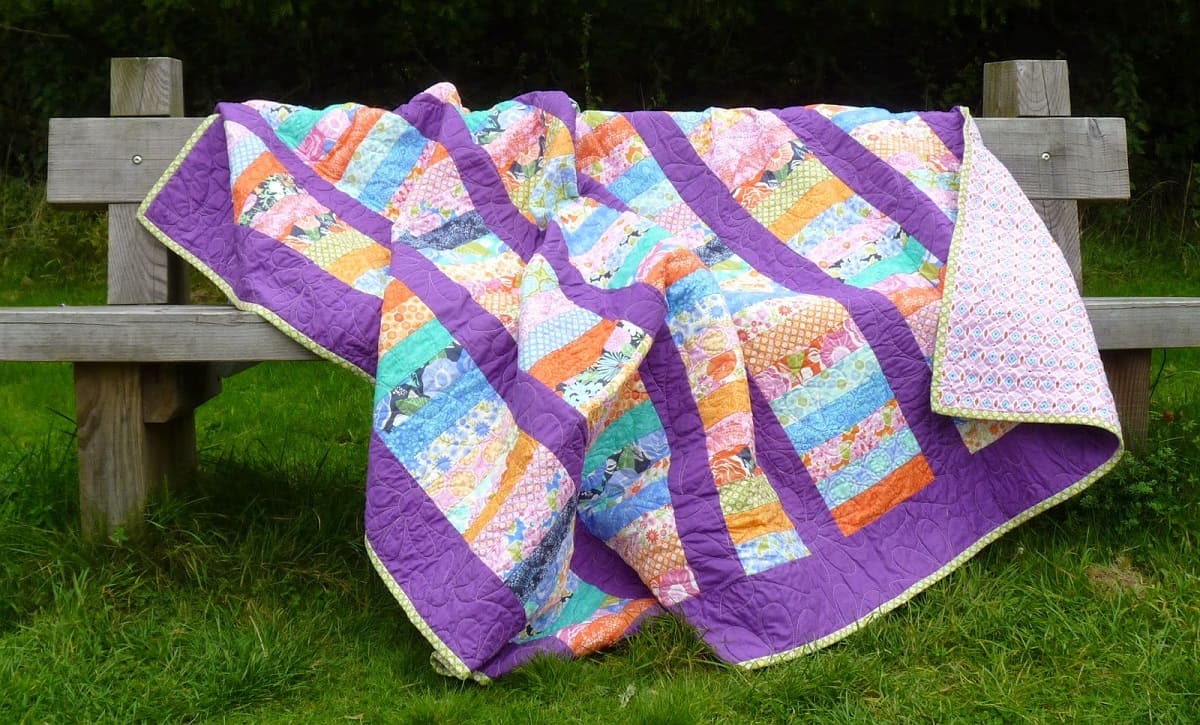

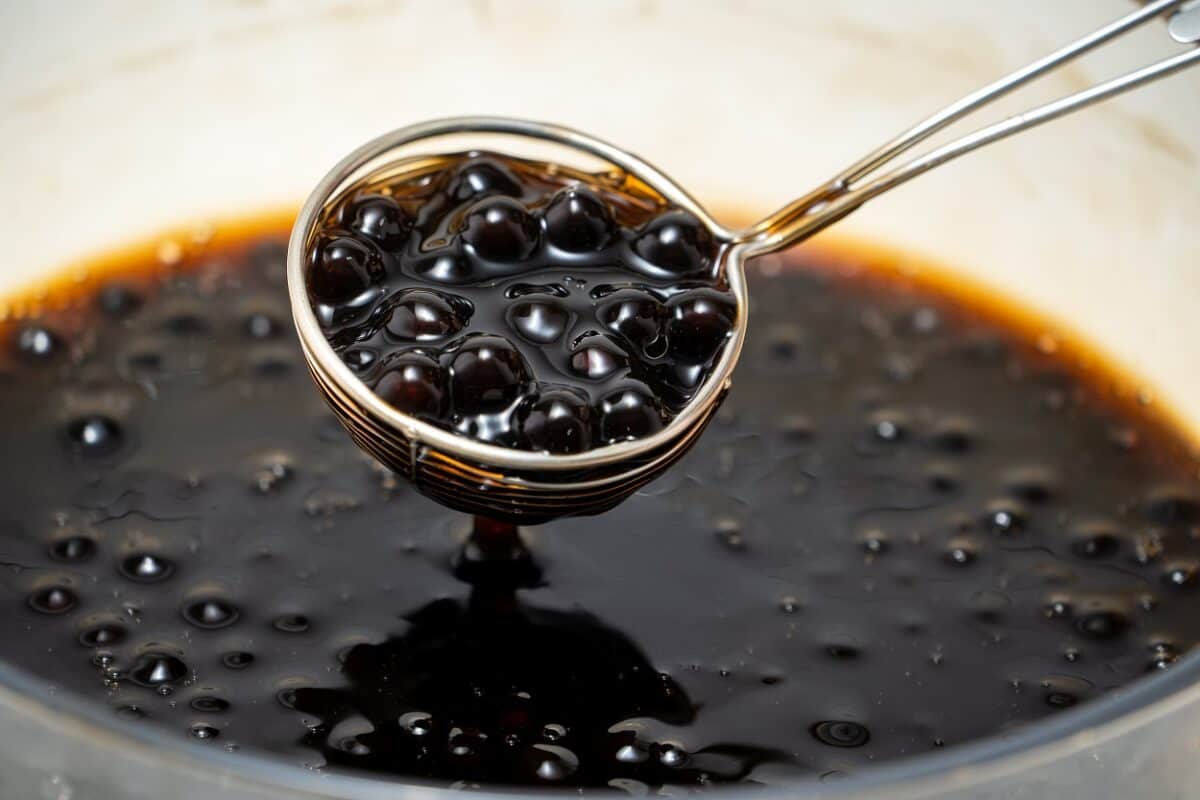
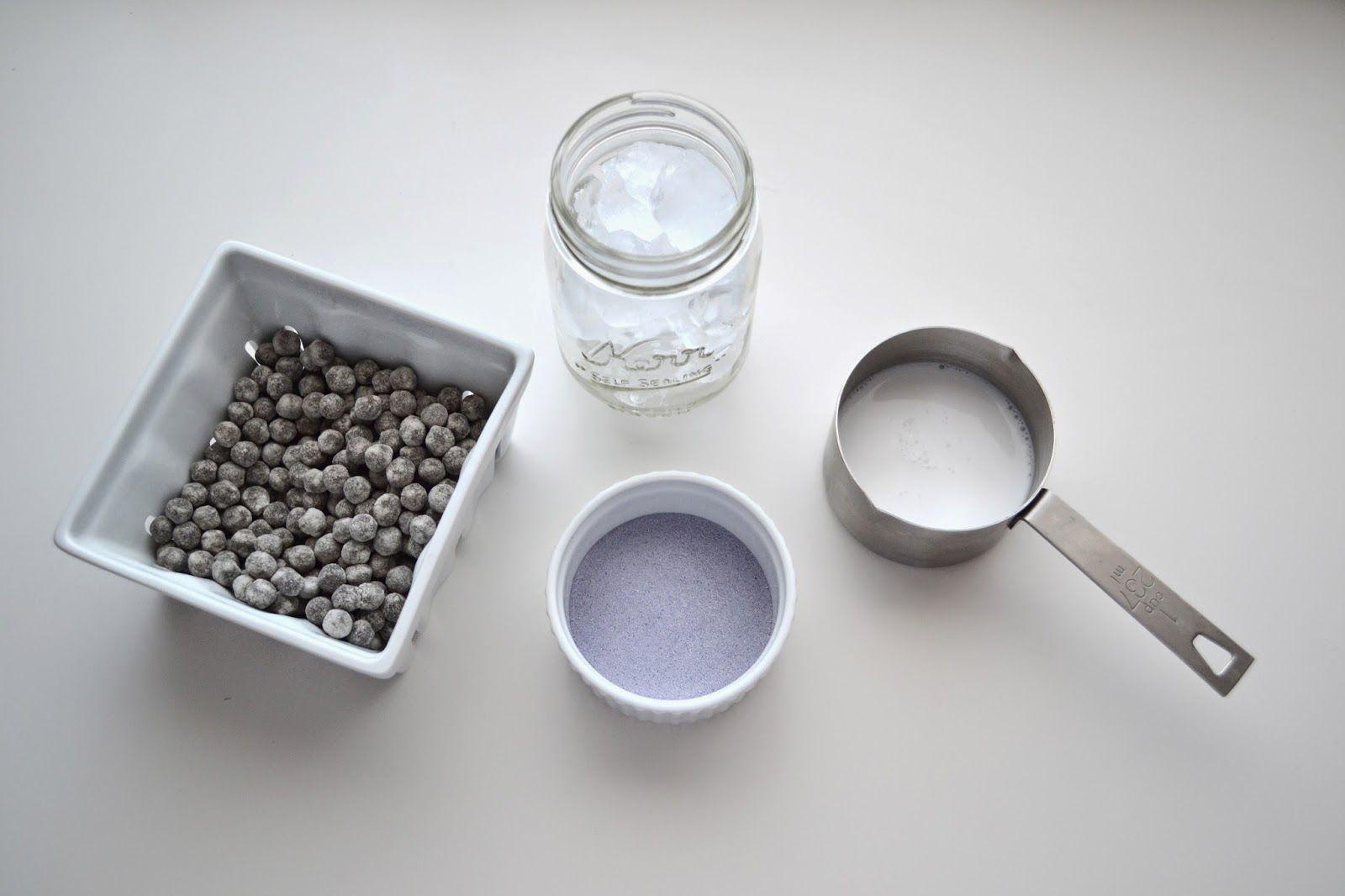
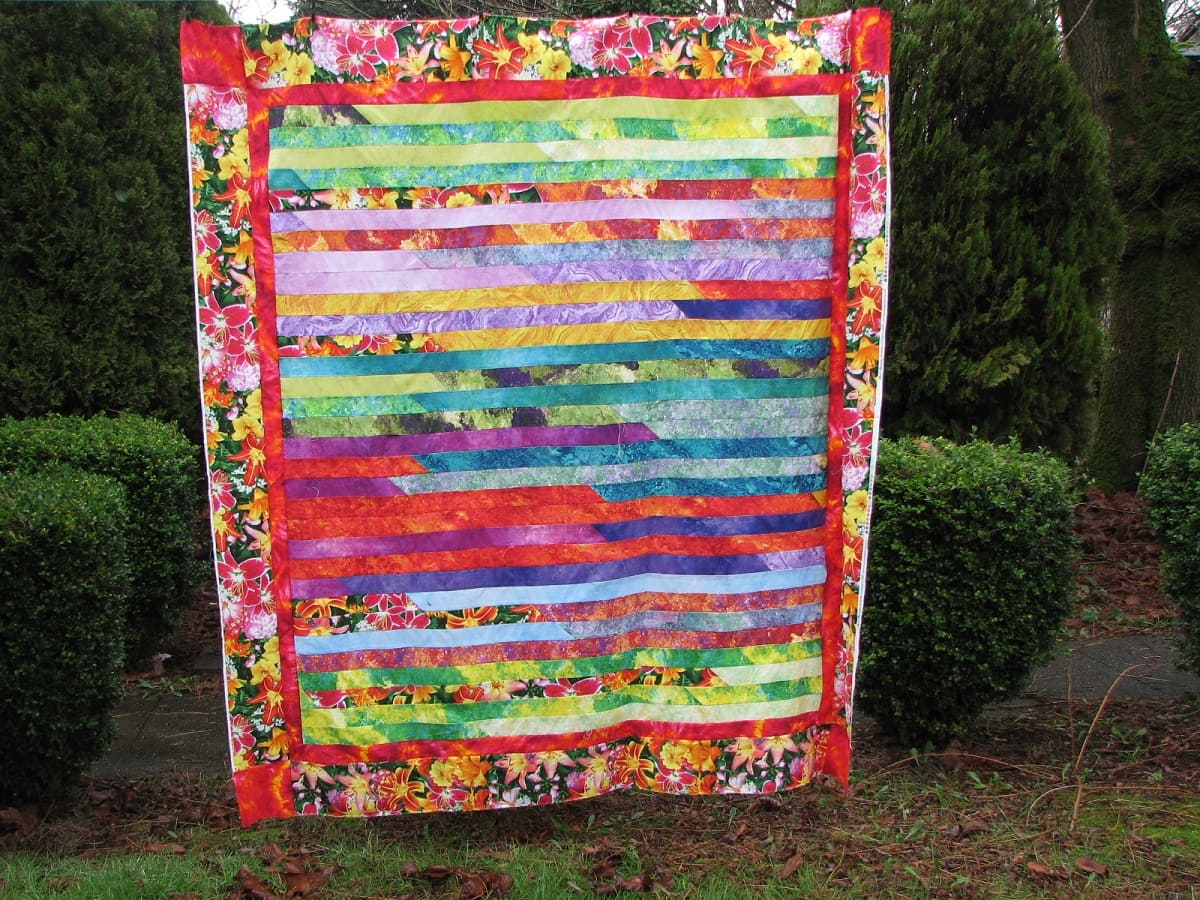
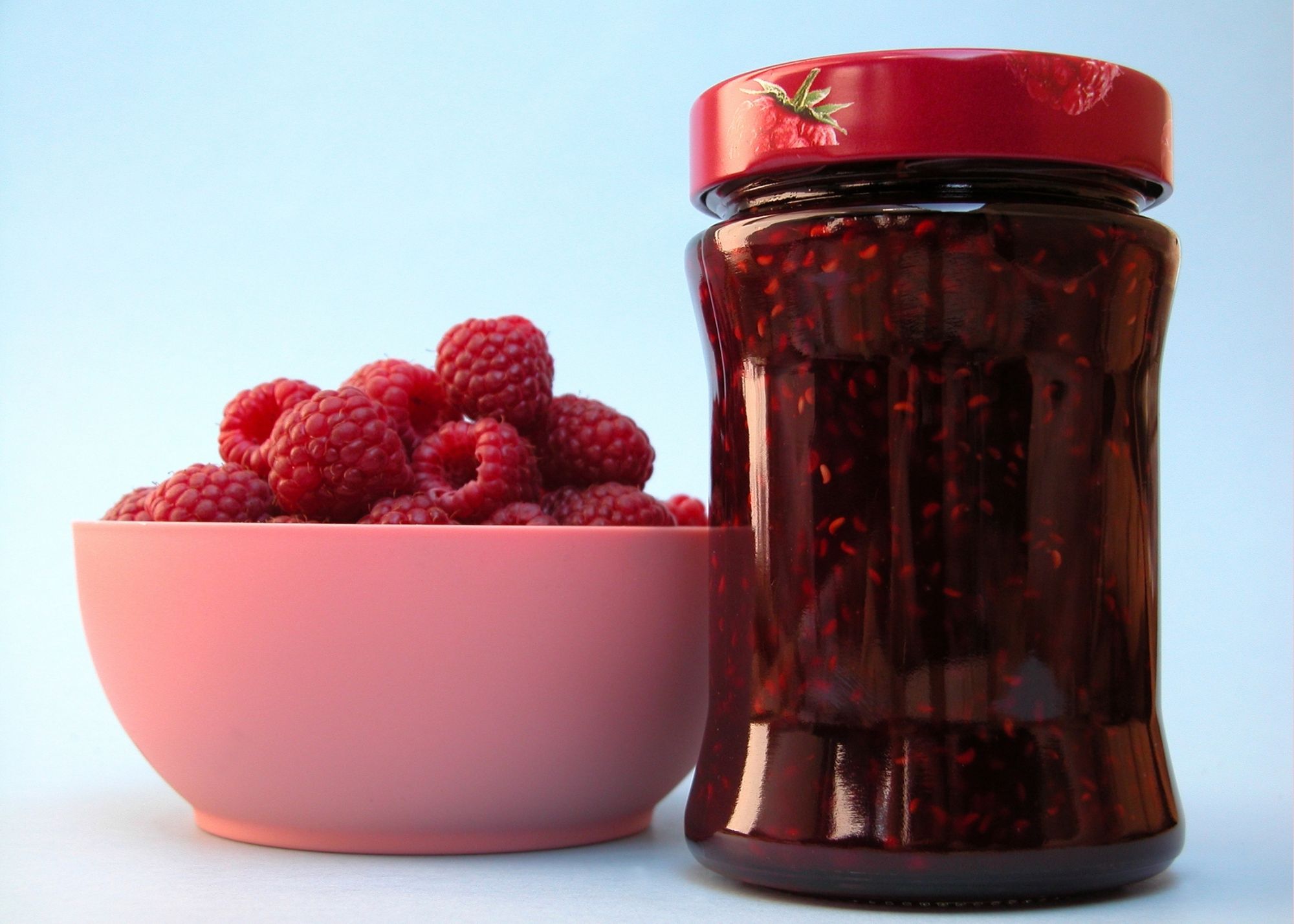
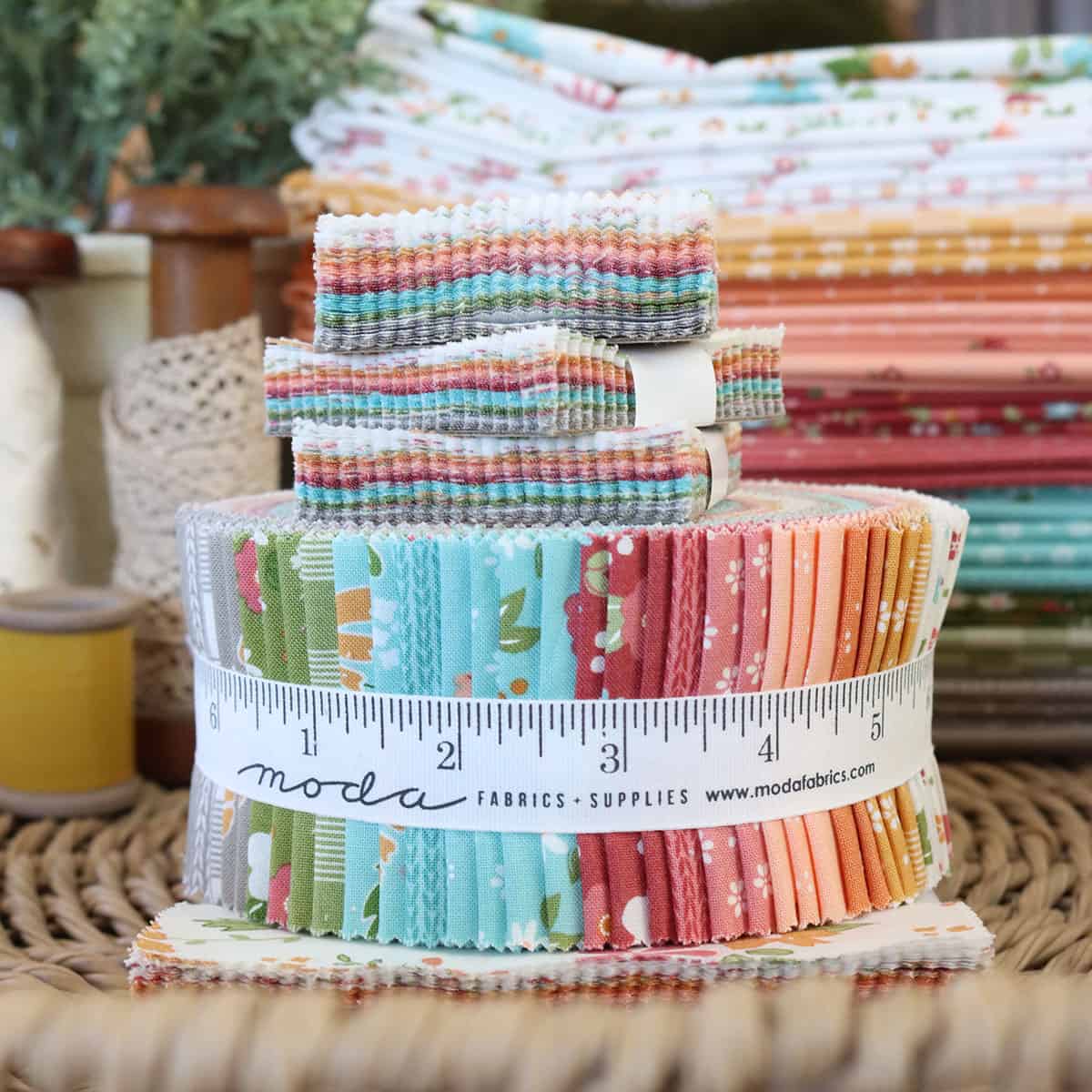
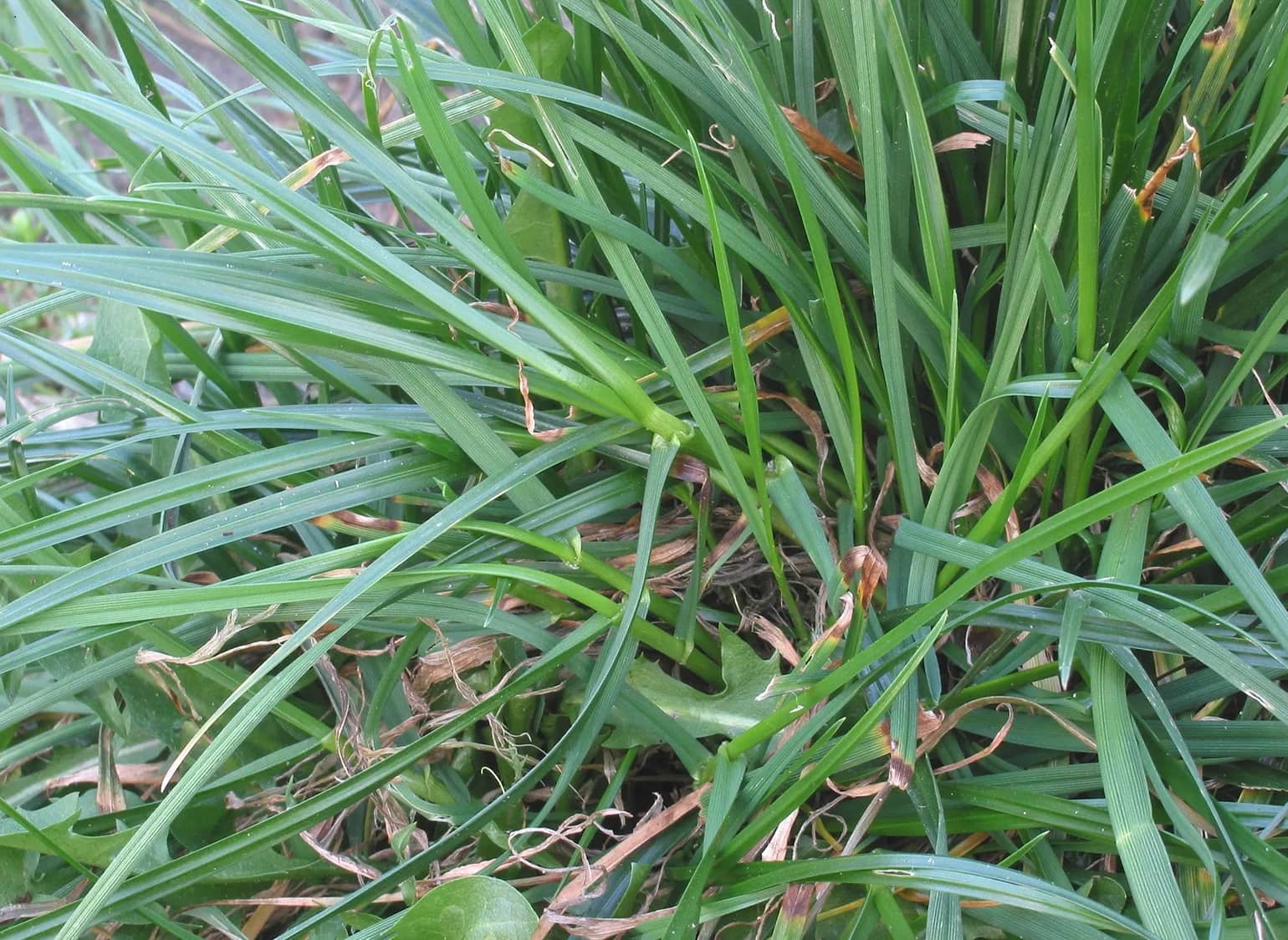

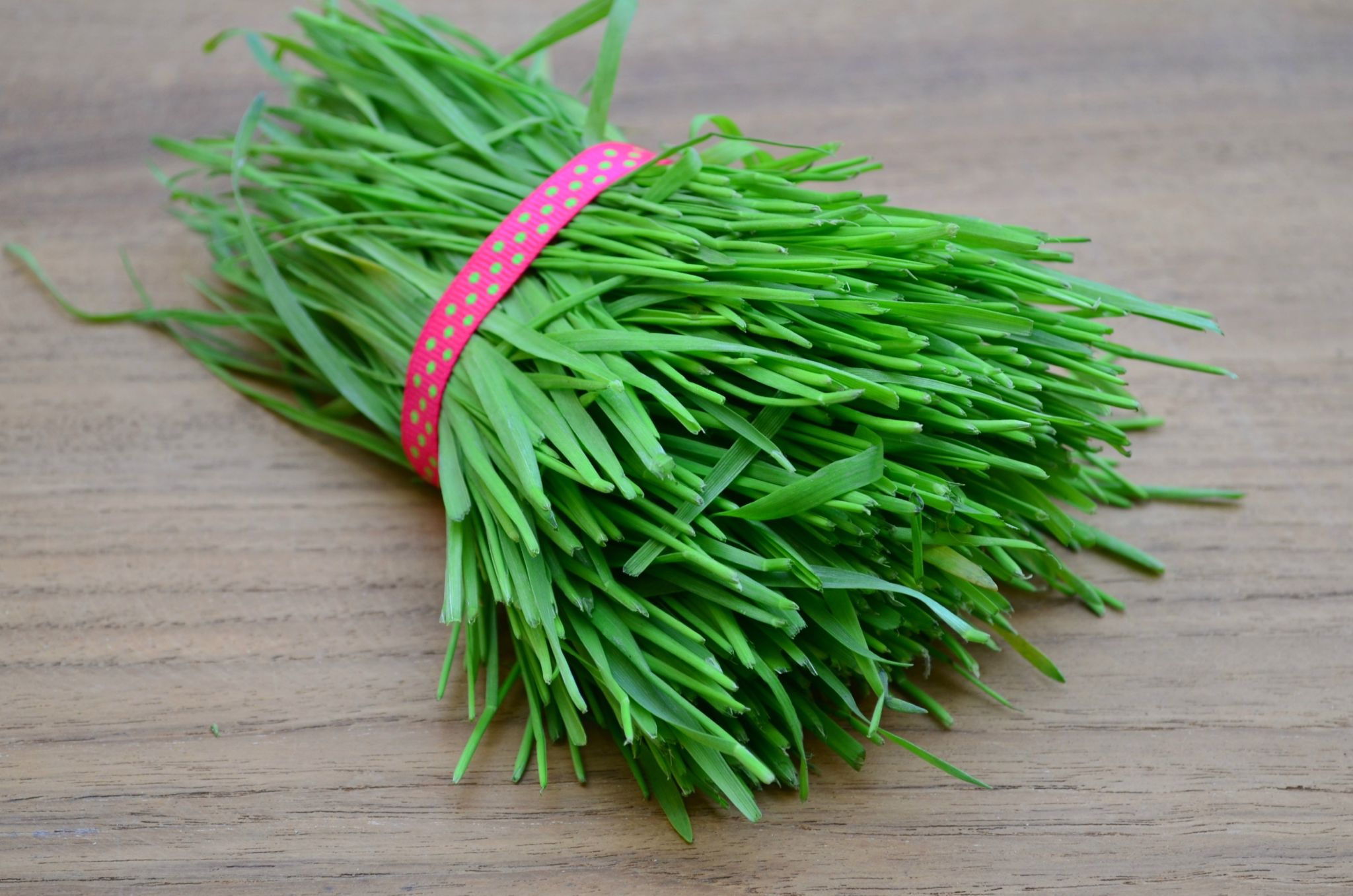
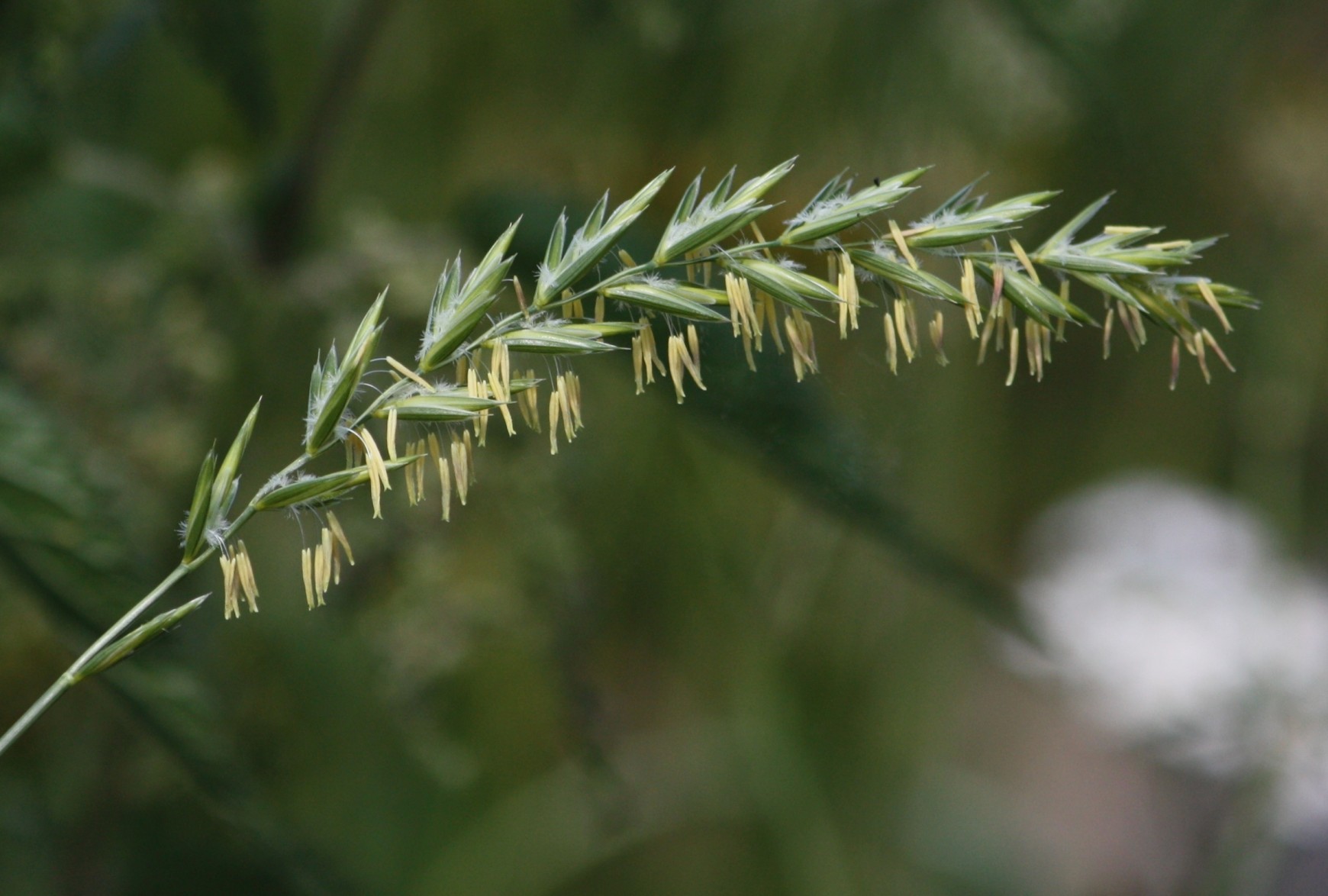
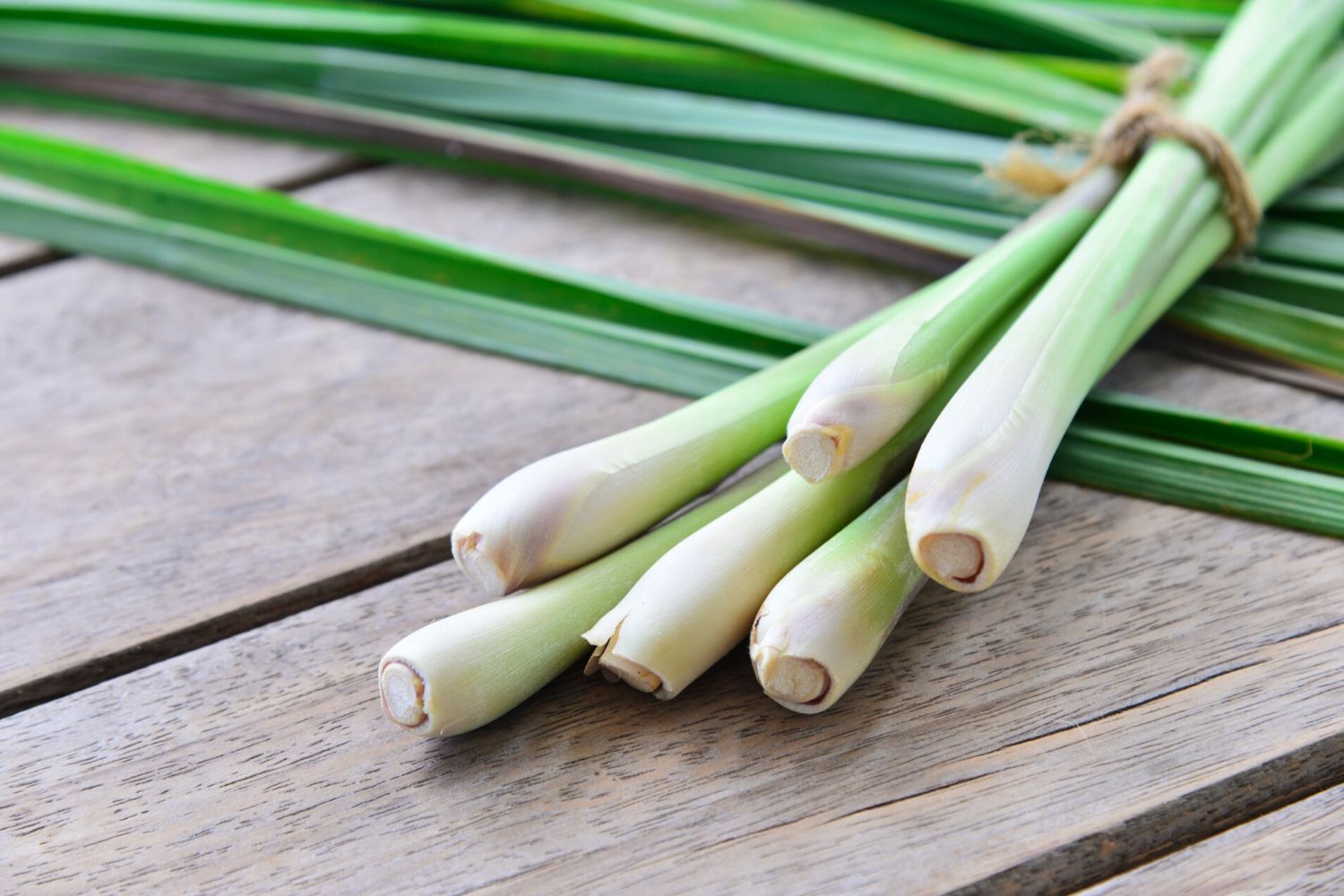

0 thoughts on “What Is Grass Jelly Boba”